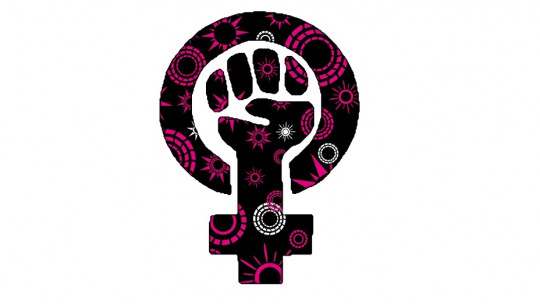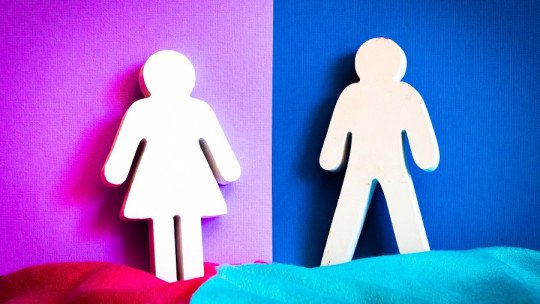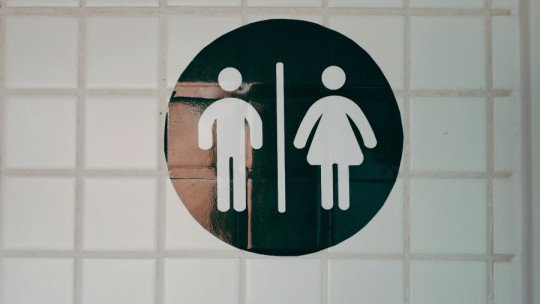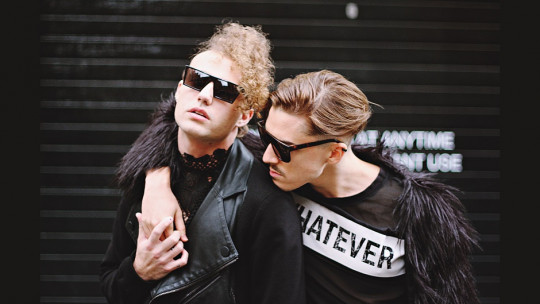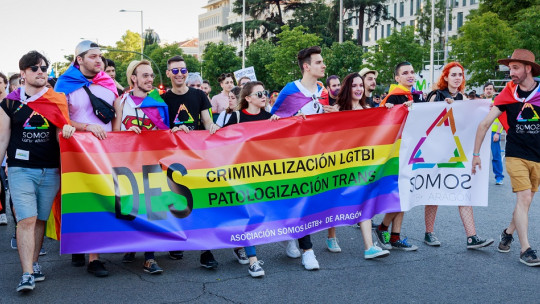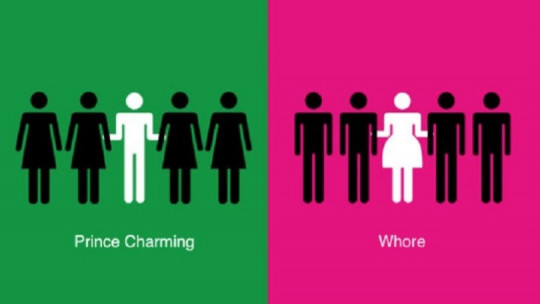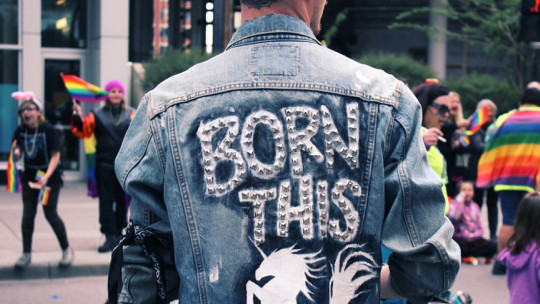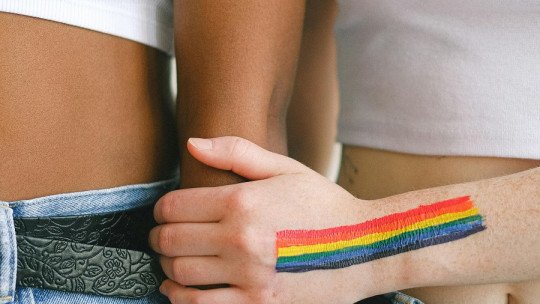
Sexual dissidence, also understood as sexual diversities or non-normative sexualities, cover a wide spectrum and range of identities and expressions whose angular characteristic is their differentiation from traditional gender and sexuality norms. This term therefore includes people whose sexual orientation, gender identity or attitudes regarding gender and roles do not conform to conventional social expectations.
In essence, sexual dissidence challenges the binary notion of gender that classifies it exclusively as male or female, and mandatory heterosexuality as the only valid and normalized sexual orientation in society. The concept of sexual dissidence recognizes the existence and validity of a variety of sexual and gender identities, such as homosexuality, bisexuality, asexuality, intersexuality, transsexuality and gender non-binaryism, among others.
Understanding sexual dissidence
Sexual dissidence should not be understood as a deviation from the norm, but as a legitimate and normal expression of human diversity and complexity. Each person has their own experience of gender and sexuality, and these can vary greatly. In this article, we will focus on understanding sexual dissidence by doing a historical review of the concept and getting to know some of the dissident identities and sexualities that exist.
History and evolution of the concept
The conceptual understanding of sexual dissidence has undergone significant evolution throughout history, experiencing changes around social attitudes and in the understanding of sexual and gender diversity. In this section, we will do a historical review in relation to the evolution of sexual dissidence and its understanding and social impact.
1. Antiquity
Dating back to ancient times, many cultures recognized and accepted a wide range of gender expressions and sexual orientations in a socially normalized way. For example, in ancient Greece, homosexuality was not considered taboo, and relationships between people of the same sex were celebrated, as evidenced in artistic and cultural representations. Similarly, some indigenous cultures in pre-Columbian America recognized non-binary genders.
2. Colonialism and Christian imposition
However, with the arrival of colonialism and the punitive impact of Christianity exported from Europe, rigid norms around gender and sexuality began to take root, largely condemning any expression considered non-normative. This led to the persecution, repression and extermination of people who defied these norms.
3. 19th century and first activist movements
The term “homosexuality” was used for the first time in the 19th century by the Hungarian writer and poet Karoly Maria Benkert, a precursor in activism and demands for homosexual rights. Thus, he wrote and spoke out against the medicalized and pathologized beliefs of sexual orientations differentiated from the heterosexual norm. For much of the 20th century, sexual dissidence was treated as mental disorders by mainstream psychiatry, which contributed to the discrimination and stigmatization of LGBTIQ+ people.
4. 20th century and the beginning of liberation
Changes began to appear in the second half of the 20th century, when movements for the liberation and achievement of LGBTIQ+ rights began to emerge that fought for equality and social acceptance. Events such as the Stonewall uprising in 1969 marked a turning point in the history of sexual dissidence, giving rise to the modern LGBTIQ+ movement also marked by the HIV pandemic during the 80s.
5. 21st century; the changes we know
Since then and especially since the beginning of the 21st century, there have been significant advances in the acceptance, visibility and achievement of rights for sexual dissidence. Thus, important legal victories have been achieved, such as the legalization of same-sex marriage in more and more territories, as well as progress in the protection of the rights and inclusion of LGBTIQ+ people in society.
However, despite these advances, people with sexual dissent continue to face discrimination, violence and lack of recognition in many places around the world. The fight for equality and acceptance continues to be an important task in the search for a more just and understanding society for all people, regardless of sexual orientation or gender identity.
Types of sexual dissidence
Sexual dissidence encompasses a wide variety of sexual and gender identities and expressions, reflecting the diversity inherent in the human experience in terms of gender and sexuality. It is crucial to understand that these identities are not static or limited, but can be fluid and changing over time. We are going to comment below on some of the main types of sexual dissidence.
1. Homosexuality
Homosexuality is probably the most normalized and socially recognized sexual dissent. It refers to the emotional, romantic or sexual attraction between people of the same gender. Throughout history, gay people have faced discrimination and persecution due to social and cultural intolerance and Christian punishment. As the fight for LGBTIQ+ rights has advanced important advances have been made in the acceptance and visibility of homosexual people in many parts of the planet.
2. Bisexuality
Bisexuality refers to emotional, romantic, or sexual attraction to people of more than one gender. Bisexual people can be attracted to men and women, as well as people of non-binary genders. Bisexual people often face stereotypes, prejudices and the invisibility of their realities both within the LGBTIQ+ community and in general society.
3. Transsexuality
Transsexuality refers to the experience related to a person’s gender identity that does not coincide with the sex assigned at birth and the gender that is culturally associated with this sexuality. Trans people can identify as men, women, both, neither, or any other gender that feels aligned with their identity.
Transsexuality may include the need for gender transition, which may involve physical, social, and legal changes to align with gender identity; but this transition varies depending on the needs of each person.
4. Non-gender binary
Gender non-binary is a gender identity that is situated outside the binary gender system (man/woman). Nonbinary people may identify with a gender that is not exclusively male or female, or they may not identify with any gender at all. This identity challenges traditional gender norms and promotes acceptance of the diversity of gender experiences.
5. Intersexuality
Intersexuality refers to natural variation in a person’s sexual characteristics that do not fit the typical male or female sex categories. Intersex people may have physical, chromosomal, or hormonal characteristics that do not clearly align with binary definitions of sex. Intersexuality has historically been medicalized and stigmatized, but is increasingly recognized as a natural and legitimate variation in human diversity.
Advances and challenges
In recent decades, there have been significant advances in the fight for the rights and acceptance of people with sexual dissent. The legalization of same-sex marriage in many countries, as well as anti-discrimination and gender identity laws, are concrete examples of progress towards equality and inclusion. However, despite these advances, significant challenges facing people with sexual dissent around the world persist.
1. Discrimination and violence
Discrimination and violence based on sexual orientation and gender identity remain a reality for many LGBT+ people, especially in places where laws and attitudes are less inclusive. The lack of legal and social recognition of LGBT+ relationships and identities can lead to marginalization, exclusion and lack of access to basic rights.
2. Need for education and awareness
Additionally, there is a continued need for education and awareness about sexual dissidence in society at large. Many people still have deep-rooted misconceptions or prejudices about sexual and gender diversity, which can contribute to discrimination and stigma. Promoting greater understanding and acceptance of the experiences of LGBT+ people is crucial to building a more inclusive and respectful society.
3. Lack of support and resources
Another major challenge is the lack of support and resources for LGBT+ people in areas such as mental health, education and employment. Many LGBT+ people face barriers to accessing appropriate health services, face harassment in educational settings, or face discrimination in the workplace. It is essential to work towards creating safe and accessible environments for all people, regardless of their sexual orientation or gender identity.
Conclusions
In conclusion, understanding sexual dissidence is essential to promote equality and inclusion. Although there has been significant progress, challenges remain in the fight against discrimination and stigma. It is necessary to continue educating and raising awareness in society, as well as guaranteeing access to rights and resources for all LGBT+ people. Together, we can work towards a world where all identities are respected and valued.

